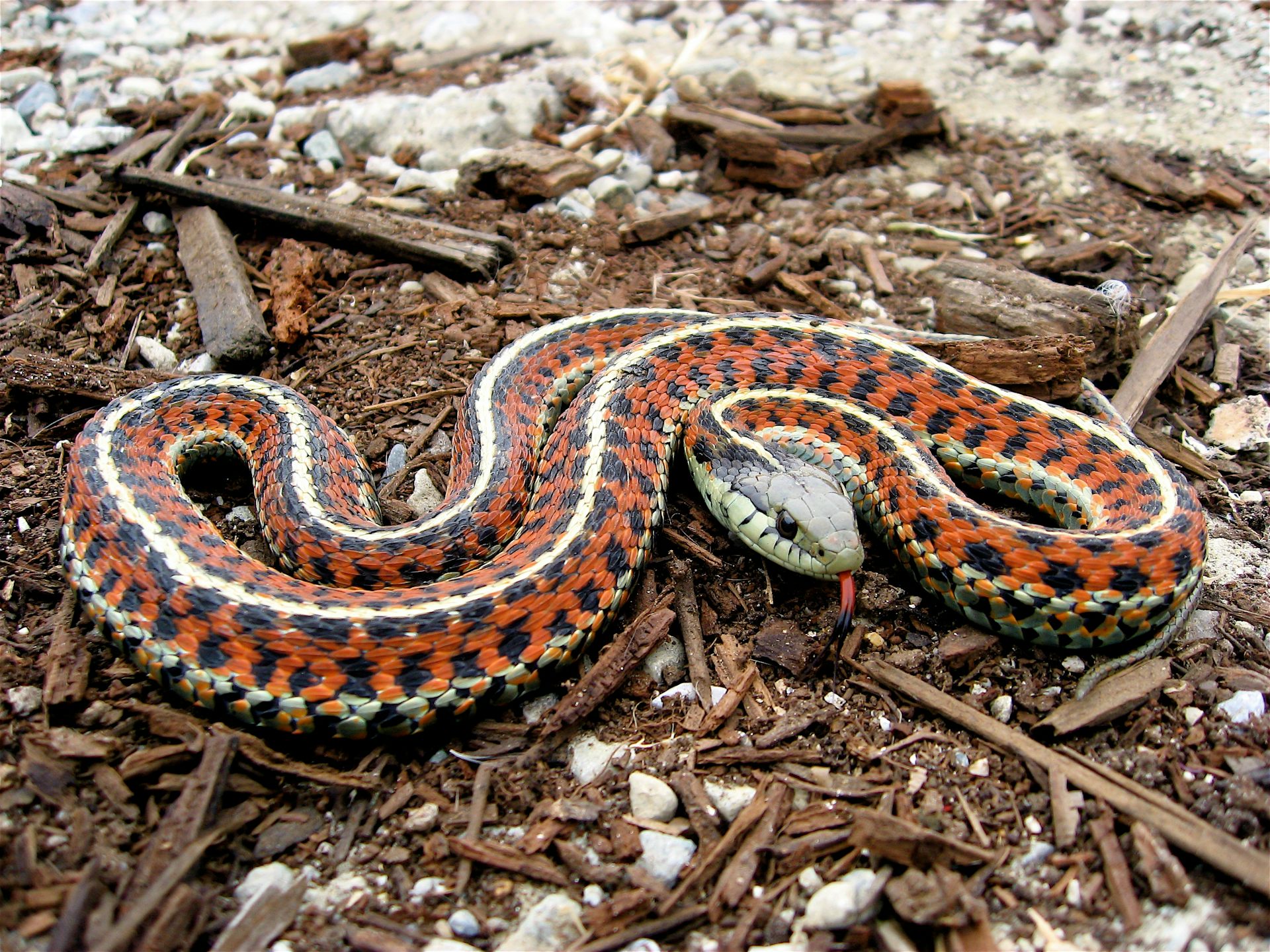Introduction
Tiger serpents (Notechis scutatus) are amongst the most fascinating yet been afraid reptiles located in Australia. With their Educating about venomous snakes striking appearance and potent venom, these snakes stimulate a mix of admiration and care. Observing tiger snakes in their native environment can be an exhilarating experience for nature enthusiasts, wild animals professional photographers, and researchers alike. Nonetheless, it's important to approach this endeavor with respect for the pet's environment and an understanding of precaution to avoid serpent bites.
In this thorough overview, we'll check out just how to safely observe tiger snakes in their natural habitat. We will cover subjects varying from understanding their behavior and habitats to first aid for snake attacks-- equipping you with knowledge to improve your experience while minimizing dangers. Learn here

What is a Tiger Snake?
Tiger snakes are extremely venomous snakes native to Australia, specifically Tasmania and seaside regions. They are recognized for their distinct grouped pigmentation appearing like a tiger's stripes, which can range from yellowish-brown to dark brownish and even black.
Physical Characteristics
Tiger serpents are medium to large-sized snakes that can mature to 2 meters long. Their bodies are durable, and they have a broad head that is noticeably wider than their necks.
Habitat Preferences of Tiger Snakes
These reptiles generally inhabit marshes, estuaries, and coastal regions but can additionally be located near freshwater resources like rivers and lakes. Comprehending where these snakes live is critical for anyone aiming to observe them safely.
Understanding Tiger Snake Behavior
Are Tiger Snakes Venomous?
Yes, tiger serpents are among the most poisonous serpent types globally. Their poison contains neurotoxins that can cause severe medical issues if bitten.
Behavioral Traits
Tiger snakes are normally shy animals; they like to stay clear of human communication. However, they can end up being aggressive if intimidated or collared.
Where Can You Locate Tiger Snakes?
Tiger Snake Environment Exploration
To safely observe tiger snakes in their all-natural environment, it's vital initially to determine where they flourish. They tend to favor:
- Coastal marshlands Mangroves Swamps Riverbanks
Best Areas for Observation
Some suggested places consist of:
- Tasmanian wetlands The shorelines of southern Australia National parks with water bodies
Safety Precautions Prior to Observing Tiger Snakes
Understanding the Dangers of a Tiger Serpent Bite
Although encounters with tiger snakes can be exhilarating, understanding the risks entailed is critical:
Recognize signs and symptoms of a snake bite: swelling at the site, discomfort emitting from the bite area. Know emergency situation calls: Acquaint on your own with neighborhood emergency services. Carry a first-aid set specifically furnished for serpent bites.First Help for Snake Bites: What You Need to Know
Knowing what steps to take if bitten can save your life or another person's:
- Stay calm; activity raises venom spread. Call for medical aid immediately. Do not use ice or effort suctioning.
How to Securely Observe Tiger Snakes in Their Natural Habitat
When you determine to observe tiger snakes in the wild:
Dress Appropriately: Wear long trousers and durable boots. Use Binoculars: Maintain a secure range while observing these reptiles. Avoid Abrupt Movements: Quick movements may alarm them. Stay on Established Trails: Prevent straying into thick underbrush where presence is low.Equipment Required for Observation
Essential Gear Checklist
- Binoculars First-aid package especially made for snake bites Field guidebook on Australian reptiles Camera (with zoom ability)
Snake Bite First Aid Package Essentials
A well-equipped emergency treatment kit need to consist of:|Item|Purpose|| -------------------------------|-------------------------------|| Compression bandage|To paralyze the afflicted location|| Antihistamines|For allergic reactions|| Emergency situation contact numbers|Quick accessibility during emergencies|

Interpreting Tiger Serpent Signals
Understanding how tiger snakes connect with body language helps viewers gauge when it's risk-free or hazardous:
Common Behaviors
Defensive posture: If coiled or raised off the ground. Retreating behavior: When they slowly pull back from possible threats.Dealing With Potential Encounters
Even with preventative measures taken, an experience may still happen throughout your observation trip:

Frequently Asked Questions About Tiger Snakes
1. What ought to I do if I see a tiger snake?
Remain the most venomous snake in australia calm; observe from a range without disturbing it.
2. Are child tiger snakes dangerous?
Yes, juvenile tiger serpents are born venomous and might posture dangers similar to adults in spite of being smaller.
3. How typical are tiger snake bites?
While occurrences happen each year in Australia, deaths are unusual as a result of punctual treatment availability.
4. Can I keep a tiger snake as a pet?
Keeping wild tiger snakes as family pets is illegal in many areas due to preservation laws.
5. What does a tiger snake attack appearance like?
Bite marks usually show 2 puncture wounds in addition to local swelling and discoloration.
6. Just how efficient is antivenom?
Antivenom therapy is extremely reliable when provided prompt after a bite.
Conclusion
Observing tiger serpents in their all-natural habitat offers an exhilarating opportunity for wild animals lovers however have to be come close to with caution and regard for both the creature and its atmosphere. By equipping yourself with expertise regarding these interesting reptiles-- consisting of comprehending their habits and precaution-- you can delight in remarkable experiences while significantly decreasing dangers connected with encounters.
In summary, always focus on safety and security by preparing properly prior to starting any wildlife monitoring expedition-- particularly when dealing with several of nature's most venomous creatures like the tiger snake!